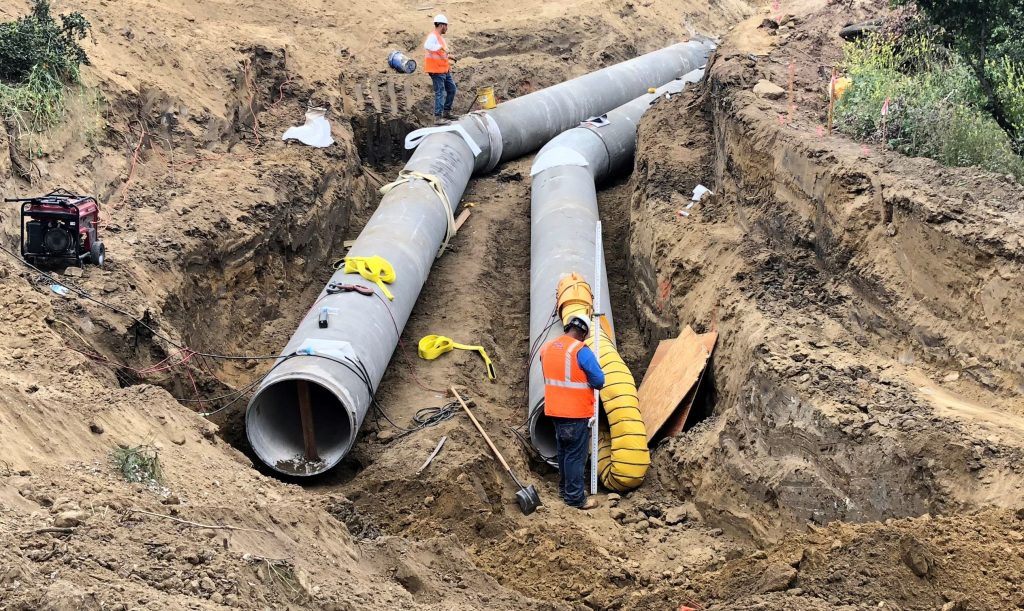Sustainable Water Management – Perks of Trenchless Water Pipe Replacement
Sustainable water management is becoming increasingly critical as the world grapples with water scarcity and aging infrastructure. One innovative solution gaining traction is trenchless water pipe replacement, offering several perks that contribute to sustainable water management practices. One of the significant advantages of trenchless water pipe replacement is its minimal environmental impact. Traditional open-cut methods require excavation and disruption of landscapes, leading to soil erosion, habitat destruction, and disruption of ecosystems. In contrast, trenchless methods like pipe bursting and pipe relining minimize disturbance to the environment. This approach reduces carbon emissions associated with transportation of heavy machinery and materials, making it a more eco-friendly choice. Additionally, trenchless techniques offer faster completion times compared to traditional methods. The streamlined process involves fewer steps, such as digging trenches and backfilling, leading to quicker project completion. This not only reduces construction-related disturbances for communities but also minimizes the duration of water service interruptions, ensuring uninterrupted supply to consumers.

Cost-effectiveness is another perk of trenchless water pipe replacement. While the initial investment may seem higher than traditional methods, the long-term savings are substantial. The efficiency of trenchless techniques translates to lower labor costs, reduced material expenses, and fewer maintenance requirements over time. Moreover, the faster project completion contributes to overall cost savings and minimal disruption to daily operations. Furthermore, trenchless methods enhance the durability and lifespan of water infrastructure. The use of high-quality materials and advanced installation techniques results in stronger, corrosion-resistant pipelines. This reduces the frequency of repairs and replacements, leading to long-term savings for water utilities and municipalities. Additionally, the improved reliability of water systems minimizes the risk of service disruptions and ensures consistent water supply for communities. Another significant advantage of trenchless water pipe replacement is its versatility in challenging environments.
These techniques can be applied in urban areas with limited space, congested underground utilities, or environmentally sensitive areas where traditional methods are impractical. The ability to navigate complex landscapes without major excavation makes trenchless solutions ideal for addressing water infrastructure needs in diverse settings. Moreover, trenchless techniques promote water conservation by minimizing leaks and losses in distribution systems. The tight seals and seamless joints of new pipelines reduce the risk of water leakage, preserving precious water resources and improving overall system efficiency and Contact Us. This contributes to sustainable water management goals by promoting responsible water use and reducing wastage. Trenchless water pipe replacement offers a range of perks that align with sustainable water management objectives. From minimal environmental impact and faster project completion to cost-effectiveness and enhanced durability, these techniques provide practical solutions for modernizing water infrastructure while minimizing disruptions and promoting conservation. Embracing trenchless technologies is a step towards building resilient and sustainable water systems for the future.
